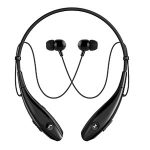When you’re looking for headphones or ear plugs, it’s common that you hear or read Noise Reduction Rating all the time. But what does Noise Reduction Rating or NRR rating really means? What is it used for?
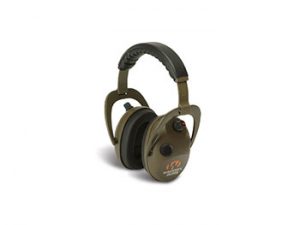
Simply put, the Noise Reduction Rating is the unit that allows the measurement of how effective a hearing protection device is reducing the sound exposure within a determined environment.
Make sure to take a look at the best noise reduction headsets.
Usually, the NRR rating is expressed in terms of decibels. All hearing protectors need to be tested and approved by the ANSI (American National Standards) in terms of the Occupational Safety & Health Administration (OSHA).
The higher the Noise Reduction Rating associated to a particular hearing protector, the better it will work in terms of noise reduction.
We recommend to take a look at the ear plugs with highest NRR
When you’re wearing a hearing protection device, your level of exposure to the noise is based on the NRR rating of that particular device. However, it is worth to note that despite the fact that the Noise Reduction Rating is measured in decibels, you won’t see that exact number of decibels reduced when you’re using the hearing protector.
Let’s say that you just went to a concert where the level of noise exposure is 100 decibels. Since you know this is too loud for your hearing and that you may be permanently affecting it, you decide to take some headphones with an NRR rating of 33 decibels. In the contrary to what you might think, your level of exposure won’t be reduced to 67 decibels.

When you want to know how much exactly you’re protecting your hearing, you’ll need to take the NRR rating number of the hearing protector you’re using – 33 decibels, in this case, subtract 7 and then divide by 2. In this particular case, the result would be 13. So, what does this mean?
Taking the same example, when you go to a concert with a level of noise exposure of 100 decibels and you take your hearing protector with an NRR of 33 decibels, your real level of noise exposure is 87 decibels. And this is very different.

Some people, sometimes, decide to wear two different hearing protectors. So, is this better?
One of the most common examples is having people wearing both ear plugs and ear muffs. However, when you want to know your level of noise protection, you don’t just sum both the NRR ratings. Instead, what you need to do is to add 5 to the device with the highest NRR.
And when can your hearing really get affected? When is it loud too loud?

There are many different testing devices that can be used to measure the noise. However, as a rule of thumb, it is usually considered that excessive noise is defined when you’re subjected to 85 decibels or more during an 8 hour period.
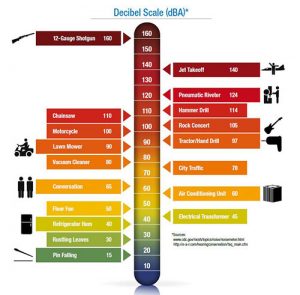
Just to give you a more clear idea about the loud noises that you need to pay more attention to, the ones that are usually more dangerous are industrial machinery, power tools, tractors, motorcycles, headset listening systems, firecrackers, firearms, rock concerts, and lawnmowers. Follow this link to discover 4 highest NRR Ear Plugs.
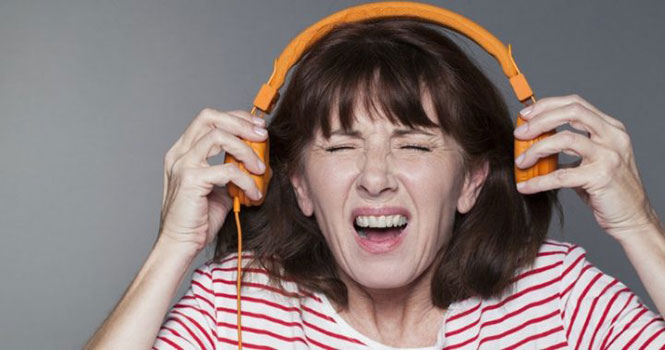
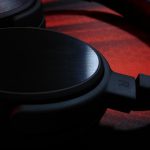


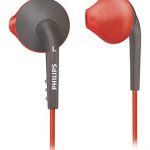
![Top 5 NRR 40 Rated Ear Muffs [2021] Top 5 NRR 40 Rated Ear Muffs [2021]](https://earmufs.com/wp-content/uploads/2018/12/ear-muffs-NRR-40-150x150.jpg)
